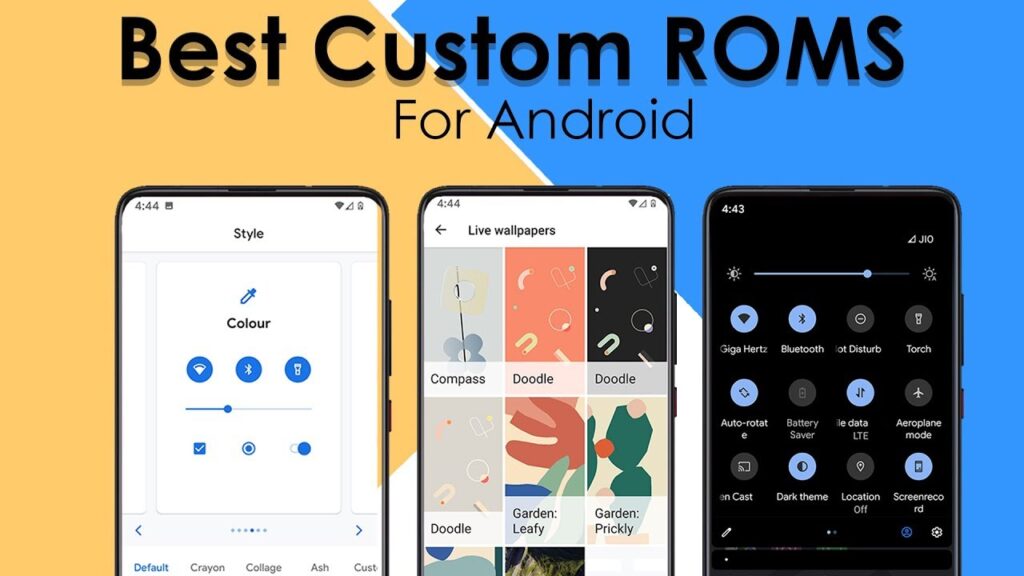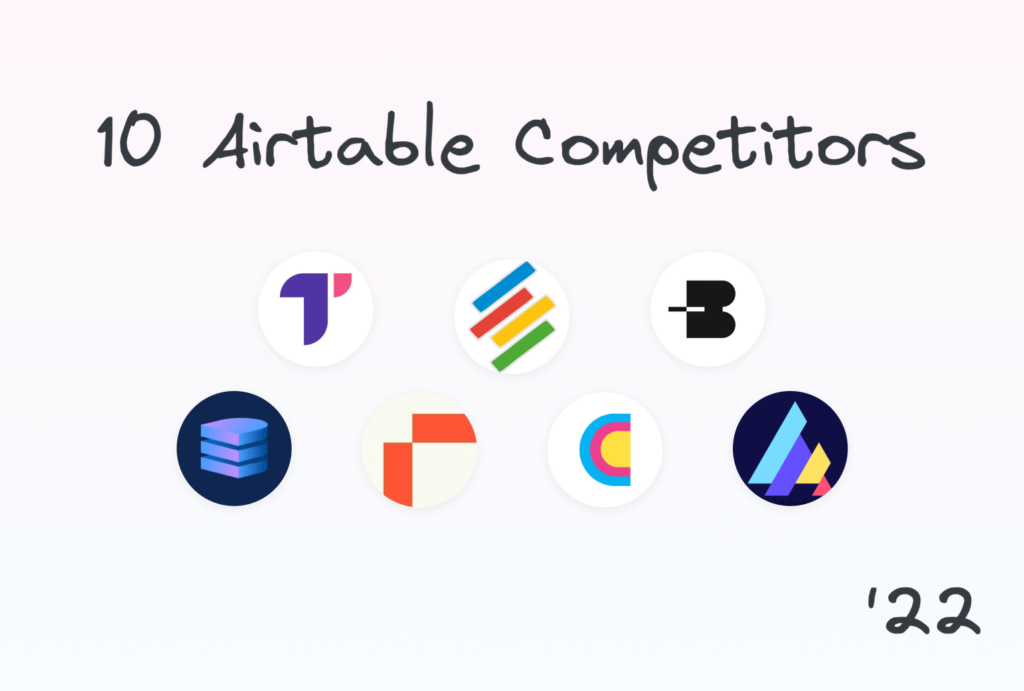
In February 2022, Google unveiled Chrome OS Flex, a solution designed to revitalize aging Windows PCs and older MacBooks. While we’ve previously offered a comprehensive tutorial on installing Chrome OS with Play Store compatibility on PCs, it relied on Project Brunch, which complicated the installation process. However, Chrome OS Flex distinguishes itself with its effortless installation and extended support. Having tested the Chrome OS beta build previously, I can attest to its smooth functionality. With the stable release of Chrome OS Flex, the experience has only improved. If you’re eager to rejuvenate your old MacBooks, Linux PCs, or Windows laptops with Chrome OS Flex, follow our concise guide below.
This guide includes step-by-step instructions to install the stable build of Chrome OS Flex on PCs and Macs. Additionally, we explain Chrome OS Flex and my experience with Google’s new OS. You can expand the table below to learn about all the technicalities.
Google Chrome OS Flex: An Overview
Two years ago, Google acquired Neverware, a New York-based company developing CloudReady, enabling users to rejuvenate older PCs and run Chrome OS. CloudReady was based on the open-source Chromium OS.
In February 2022, Google assumed control of the project and unveiled the initial beta version of Chrome OS Flex (aka CloudReady 2.0), utilizing Chrome OS — Google’s official desktop OS, including support for Google Assistant and other services. It introduced comprehensive Linux support, but omitted the Google Play Store. After six months, Google launched the stable version of Chrome OS Flex, compatible with over 295 certified devices.
Google offers Chrome OS Flex free to Education and Enterprise users. However, regular users can also install it on older Windows PCs and MacBooks. The project aims to utilize old hardware, providing speedy performance comparable to modern computers. Google now maintains the project for hundreds of devices, expecting increased support from various manufacturers such as HP, Apple, Asus, and others.
Requirements for Installing Chrome OS Flex
1. A USB pen drive with 8GB or more storage.
2. Windows PC with an Intel or AMD x86-64-bit processor (ARM processors not supported).
3. Minimum 4GB RAM.
4. Internal storage of at least 16GB.
5. Check if your computer is certified to run Chrome OS Flex here. If your PC is on the list, you are good to go. If your model does not appear, do not worry. You can still proceed with the installation. Chrome OS Flex works even on non-certified PCs, as we’ve tested; however, some functionalities might be limited. Over time, Google will add more computers to its certified list.
Flash Chrome OS Flex On a USB Drive
1. First, install the Chromebook Recovery Utility Chrome extension using this link. It’s an extension that will allow you to flash the Chrome OS Flex build on your USB drive.
2. Next, open the Chromebook Recovery Utility and plug in your USB drive. Then, click “Get Started“.
3. On the next page, choose “Select a model from a list”.
4. Click the “Select a manufacturer” drop-down and pick “Google Chrome OS Flex”. Then, choose “Chrome OS Flex” from the next drop-down. Click “Continue”.
5. Select your USB thumb drive and click “Continue“.
6. Finally, click “Create now“. The Chromebook Recovery Utility will make a bootable Chrome OS Flex drive. This process will take 10 to 15 minutes, depending on your internet speed.
Install Chrome OS Flex on Windows Laptop or MacBook
1. After completing the flashing process, restart your PC and press the boot key. If unfamiliar with your computer’s boot key, consult the table below. Continue pressing until the boot selection page appears. For custom-built PCs installing Chrome OS Flex, locate the boot key according to your motherboard manufacturer online.
2. On the boot selection page, choose your USB drive with the arrow keys and press Enter.
3. Upon reaching the “Welcome to CloudReady 2.0” screen, click “Get Started”. Follow the on-screen instructions to sign in using your Google account.

4. Explore Chrome OS Flex before installing it on your hard drive to check Wi-Fi, keyboard, mouse, Bluetooth, touchpad, and other hardware compatibility.
5. To install Chrome OS Flex, open the Quick Settings panel from the bottom-right corner and click “Sign out”.
6. Then, click “Install CloudReady” at the bottom-left corner.
7. Finally, click “Install CloudReady 2.0” and then “Install” again. Note that this step will wipe your hard drive, so backup before proceeding. Once installation is complete, shut down your computer and remove the USB drive.
8. That’s it. Chrome OS Flex will boot on your device without issues. Now, enable the new Chrome OS launcher on Chrome OS Flex for enhanced functionality.
Removing Chrome OS Flex and Reinstalling Windows on PCs
If you want to revert to Windows and uninstall Chrome OS Flex, it’s easy. Follow our detailed tutorial on deleting Chrome OS Flex and reinstalling Windows 11/10 for step-by-step instructions. You’ll need to create a bootable USB drive for Windows and install it on your PC. Note: This process will erase data on your hard disk, so back up your files beforehand.
Chrome OS Flex on a Windows Laptop: Initial Impressions
Chrome OS Flex outperforms Windows 11 or 10. Using an 8th-gen i5 Chromebook regularly, I’ve experienced superior performance compared to my 6th-gen Windows laptop. Notably, Google has integrated Google Assistant support, which is impressive. However, Android app support is absent, and Google hasn’t announced plans to add the Play Store in the future.
Nonetheless, full-fledged Linux support is available, enabling the use of desktop-grade Linux apps on Chromebook. Additionally, with Wine, lightweight Windows apps can be run on Chromebook powered by Chrome OS Flex.
The current stable build of Chrome OS Flex is based on Chrome OS 103. Chrome OS Flex offers a compelling alternative for those with aging PCs or MacBooks seeking a solution for casual browsing and day-to-day tasks.
Frequently Asked Questions
Is Chrome OS Flex free?
Yes, Chrome OS Flex is free to download and install on your old MacBook, Linux, or Windows PC. It’s built on the open-source Chromium OS platform and is officially released by Google, so it comes at no cost.
Is Chrome OS Flex the same as Chrome OS?
Chrome OS Flex, a stripped-down, lightweight version of Chrome OS, allows using the Chrome browser for everyday tasks, installing Linux apps, and more. Unlike standard Chrome OS, it lacks support for Play Store and Android apps and features a different keyboard layout, causing some common Chrome OS keyboard shortcuts to malfunction.
Is Chrome OS Flex safe?
Yes, Chrome OS Flex, officially released by Google, is safe for installation on Chromebooks, MacBooks, or Windows computers. The installation process is straightforward, providing a Chrome browser-focused lightweight OS with all essential features.
Can Chrome OS Flex run on 1GB/2GB RAM?
According to Google’s requirements, you need at least 4GB of RAM on your old PC for Chrome OS Flex. Installation with 1GB or 2GB of RAM may encounter issues, rendering those computers unusable, so we don’t recommend it.
Does Chrome OS Flex support Android apps?
No, Chrome OS Flex doesn’t support Android apps. However, you can enable full-fledged Linux support and install Linux as well as Windows apps on your Chrome OS Flex machine. Be cautious with the apps and software you install on this lightweight Chrome OS build.
Will You Install Chrome OS Flex on Your PC or Laptop?
That’s our guide on installing Chrome OS Flex on aging PCs and Windows laptops. Although I didn’t test Chrome OS Flex on an Apple MacBook, the installation steps are similar, so you can try it. Additionally, I tried to dual-boot Chrome OS Flex with Windows 11, but the bootloader currently has issues. We’ll inform you when it’s functioning properly. That’s all from us. For the best Chrome OS tips and tricks, check our detailed article linked here. If you have any questions, comment below and let us know.

Pritam Chopra is a seasoned IT professional and a passionate blogger hailing from the dynamic realm of technology. With an insatiable curiosity for all things tech-related, Pritam has dedicated himself to exploring and unraveling the intricacies of the digital world.



